If you’ve experienced an earthquake in your lifetime, chances are you’ll experience another one still. To prepare your home and keep your family safe in the event of one, read on for some of the most useful and potentially life-saving home safety tips below.
Earthquakes are an unavoidable part of life for many people in the United States. Nearly 160 million people, or around half the country live in "earthquake country". Earthquakes happen frequently throughout the contiguous United States, as well as in Alaska and Hawaii.
Earthquakes in California alone numbered over 3,800 in 2020. A lot of these quakes were relatively small ranging from 2 to 3 on the Richter scale. Most of these tremors would be impossible for you to feel. But stronger earthquakes constantly loom large. It is predicted that a seismic event greater than magnitude 7, known as “the Big One”, will hit Southern California sometime in the next thirty years.
Thankfully, scientists are getting better every year at predicting when the Big One will come. But while a good earthquake prediction could save your life, it won’t do much for your home safety. Americans that live in seismically active parts of the country risk significant property damage if a large quake happens.
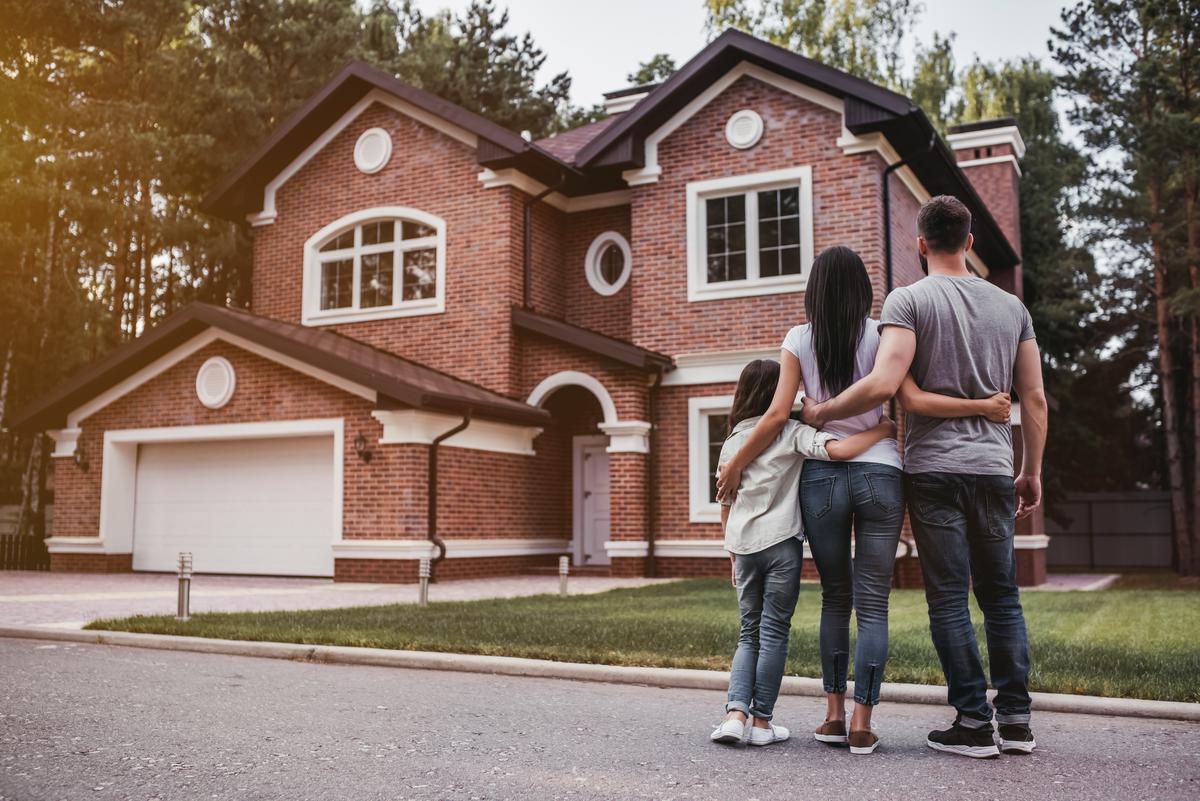
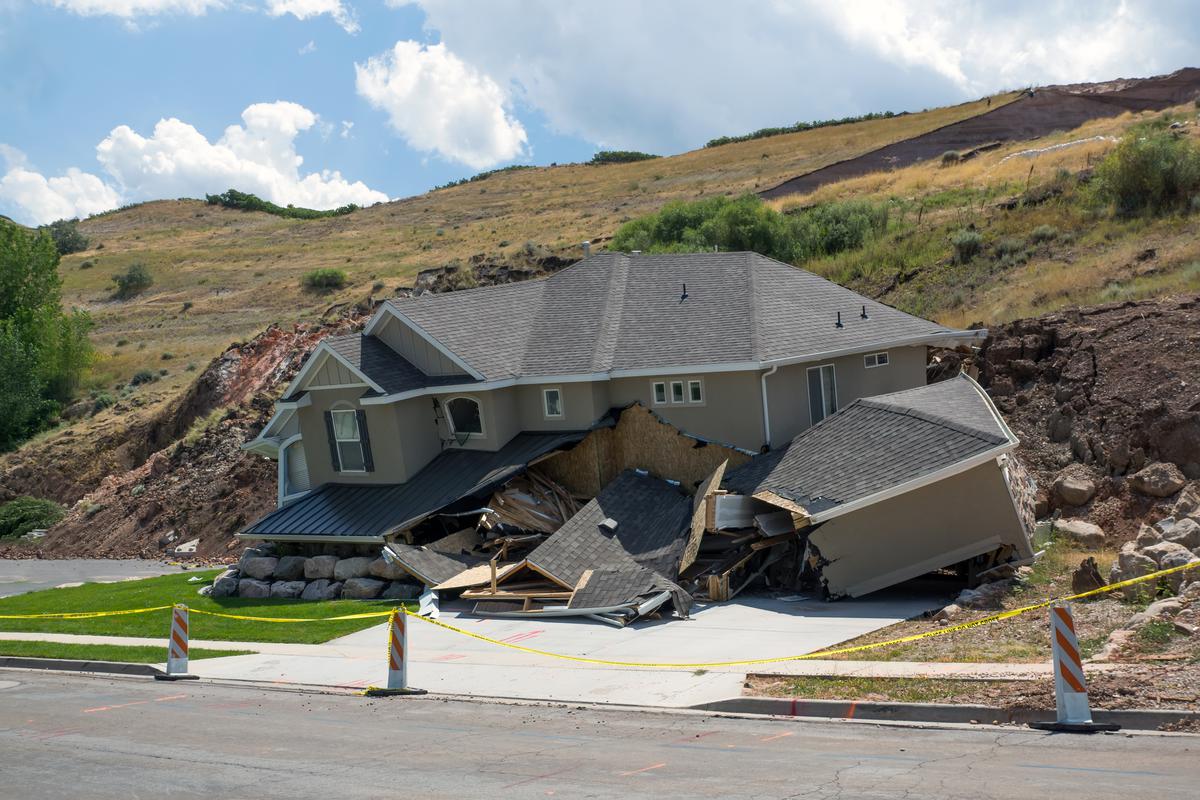
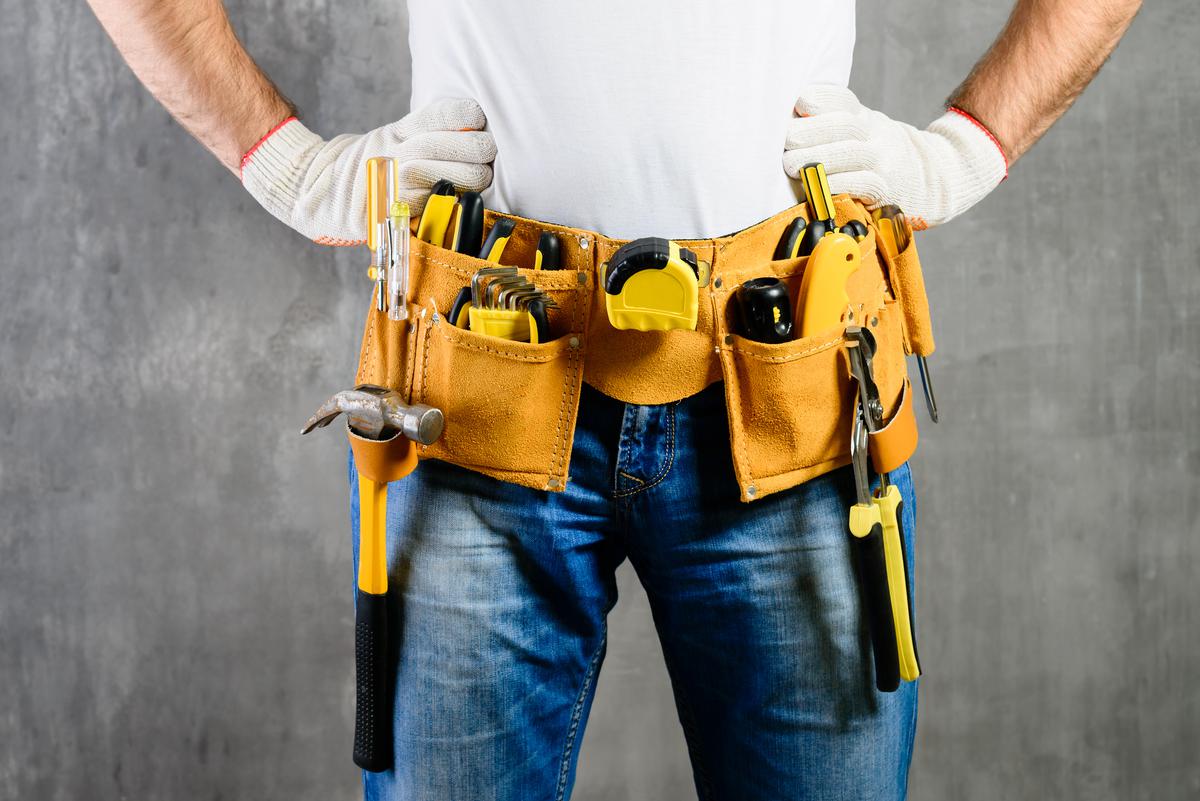

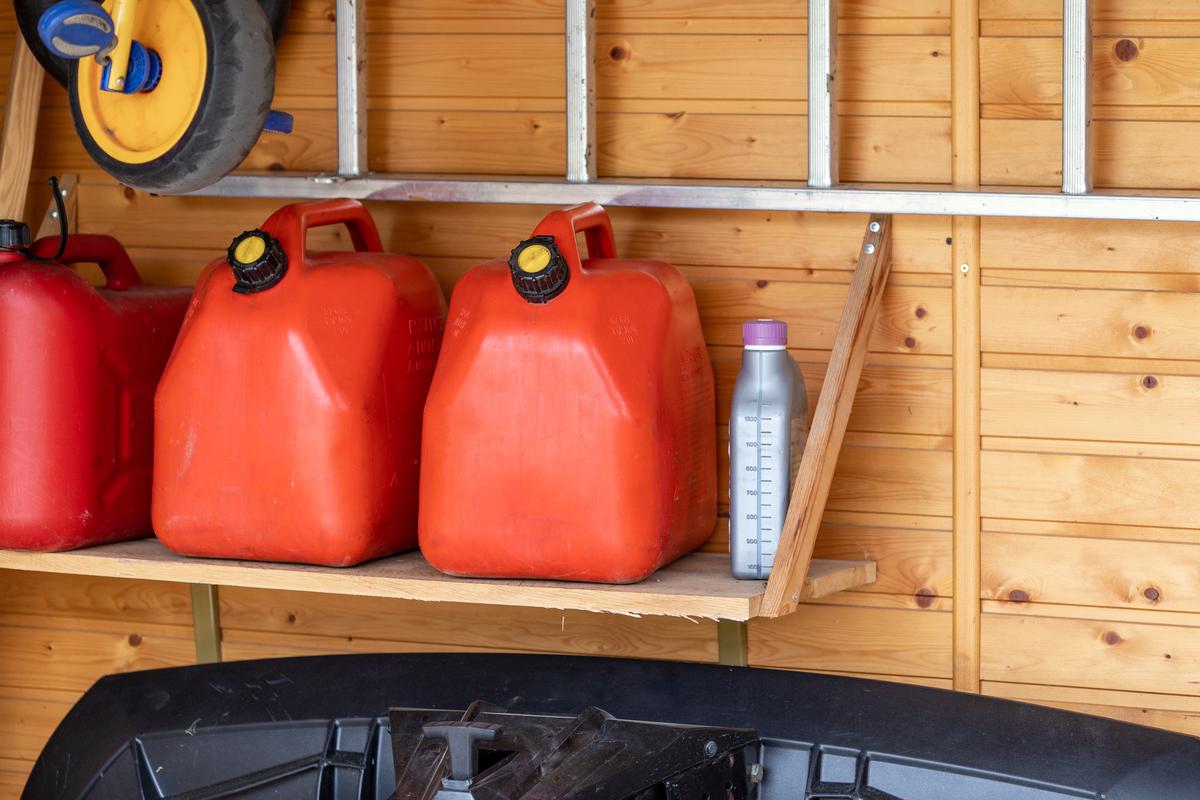
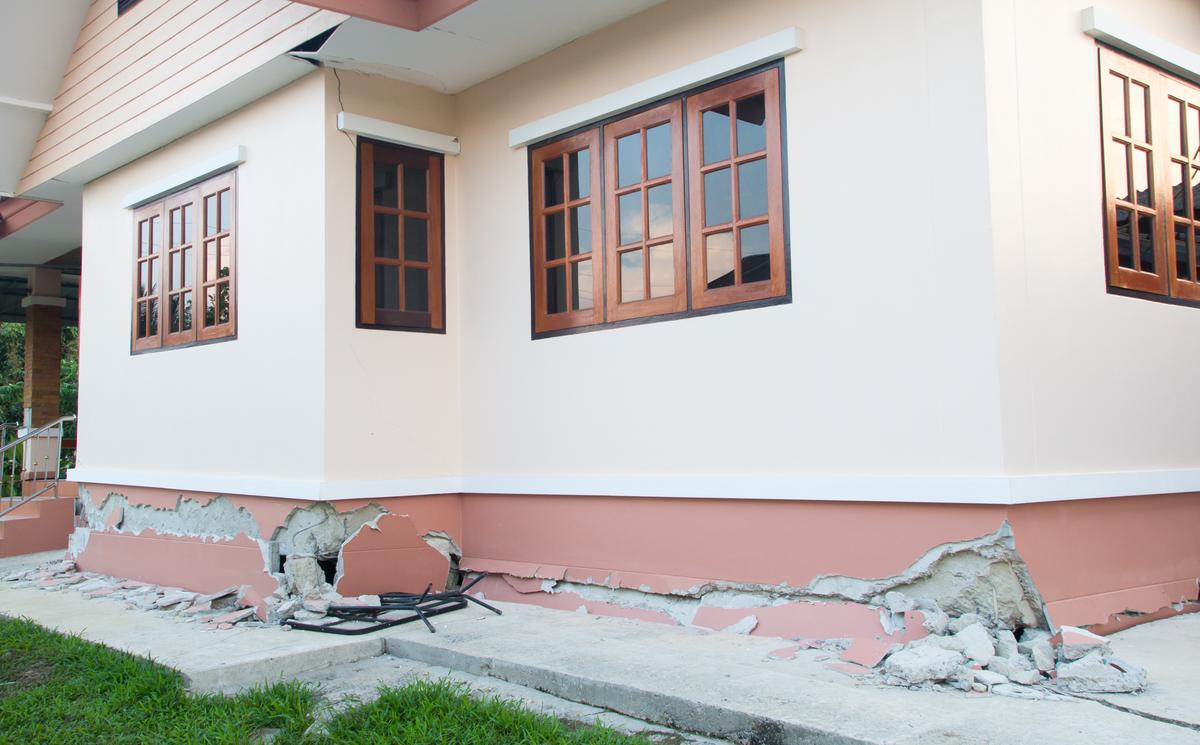

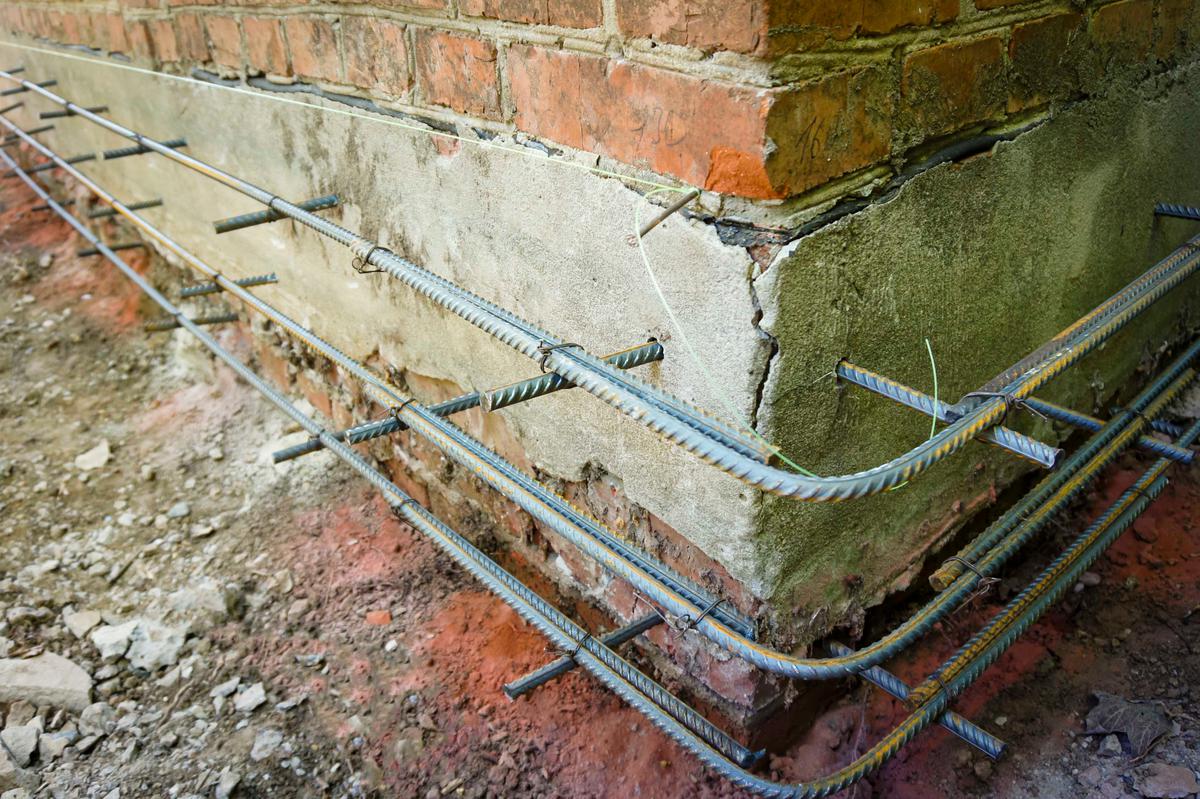


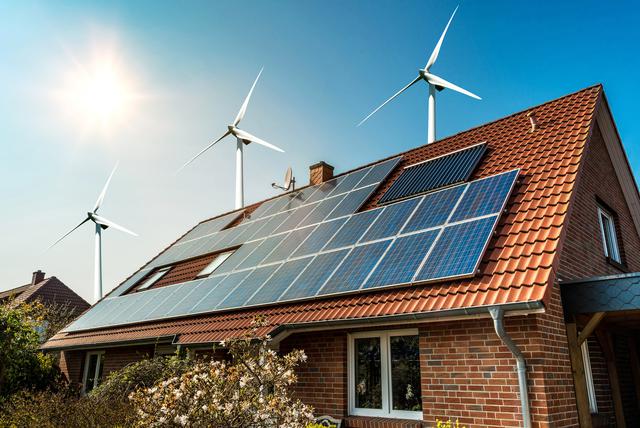
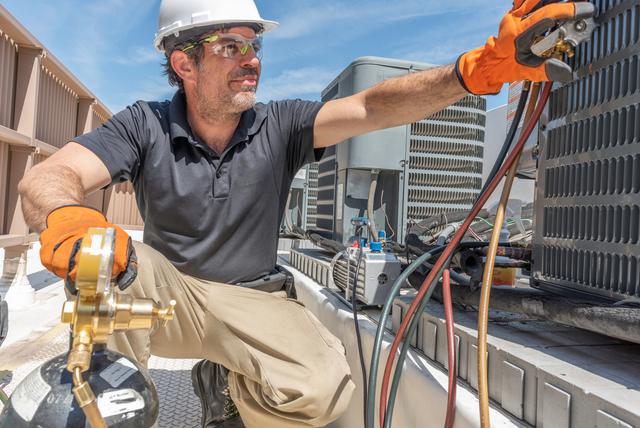

comments